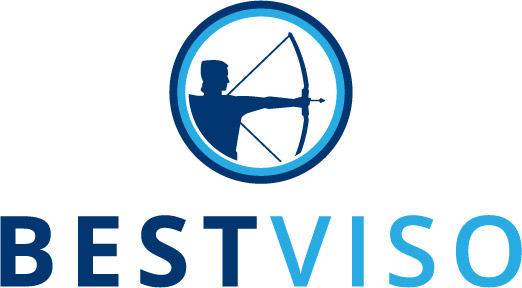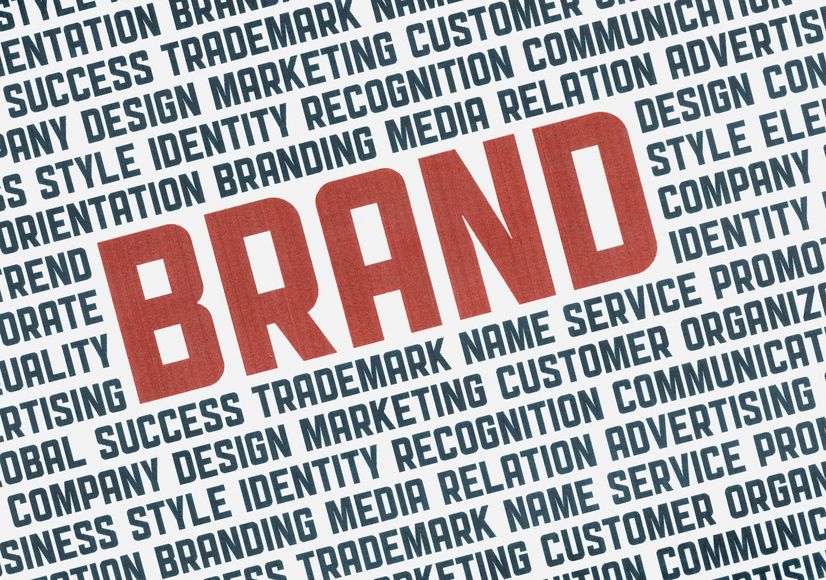Owners of strong brands are aware of the particular brand drivers that strengthen their brands and increase the probability of market success while differentiating them from the competition. Properly implemented, the brand drivers will develop their own, unmistakable brand image, by maintaining a clear profile and binding customers in an emotional way. Over the long term, they succeed at maintaining a consistent brand core – yet they’re capable of recurrently adapting to technological and social changes.
All the same, we often encounter companies that don’t examine their own image or the decisive drivers for brand strength from the category buyer’s perspective. Failure to do so leads to a diluted brand profile, resulting in far-reaching economic and financial disadvantages – because when it comes to product development or communication, simply pursuing every channel willy-nilly is akin to randomly poking around in heavy fog. Even market research investment fizzles out if brand or product communication concepts are grounded upon merely internal hypotheses. When that happens, even the best-laid plans are quickly and mercilessly punished by the consumer.
Measuring brand image and analyzing brand drivers
The first step – after awareness – is measuring brand image. Along with personality or tonality, this measurement will include functional and emotional benefits. Accomplishing this purpose requires that we define a comprehensive range of these variables. Using qualitative research, it becomes possible to ascertain the motivational needs in all relevant motivational dimensions. In a second stage, you operationalize these needs in quantitative image statements. Furthermore, market research institutes offer various brand models featuring diverse dimensions and benchmarks. These include the well-known brand iceberg, brand health models, the brand value creator, or relationship types ranging up to short image batteries adapted to individual clients.
“Eternally committing yourself to one brand model? You should be put to the test.”
At this juncture, it’s certainly logical to obtain a good overview and to choose a model that will fit the company over the long term. Raising the brand status only once, on a one-off basis, simply won’t suffice. Once the core idea – the brand essence – has been defined and implemented, it should also remain valid for many years to come. So, it is vital to repeatedly measure the associated image dimensions, in order to track the brand communication’s long-term success.
The particular model that makes sense for the company will hinge on the industry and the type of communication with the customer. If a customer relationship is maintained mainly through direct personal and digital contact, then a model focusing primarily on relationship strength with customers can be helpful. Conversely, another model is more suitable for consumer goods companies that sell products through retailers and conduct communications via both the internet and traditional media. Here, the relevant dimensions include sympathy, loyalty, trust, and satisfaction, as well as those emanating from the market itself.
The key to success: brand drivers for emotion-based brand loyalty
Strengthening a brand unequivocally requires analysis of the elements that drive brand strength. Oriented towards the functional and emotional benefits derived from the product category, such a driver analysis will enable the client to discern factors determining brand loyalty. In turn, this loyalty will exert significant influence over the sales potential, because loyal customers “forgive” the brand considerably – and are often willing to pay a higher price.
In this context, of course, the analysis should always remain focused upon relevant competitors. After all, brand positioning based upon relevant brand drivers should be sufficiently differentiated from the competitors. Subsequent need-gap analyses are deployed to ascertain those areas in which a company is already performing well and to determine which driving dimensions should be strengthened. The resulting findings will aid in developing target-oriented strategies and measures for future product development and communication.
Would you like to better familiarize yourself with the drivers of your (potential) customers? The BESTVISO Customer Safari and Insights Workshop will show you how to keep your finger on the pulse of the consumer and shopper – so you can identify psychological needs and drivers and generate true insights. The BESTVISO Brand Positioning and Development workshop will enable you to understand and successfully activate relevant brand drivers and criteria for brand selection.
If you have further interest in brands, you can find additional information on the topic in our blog.

